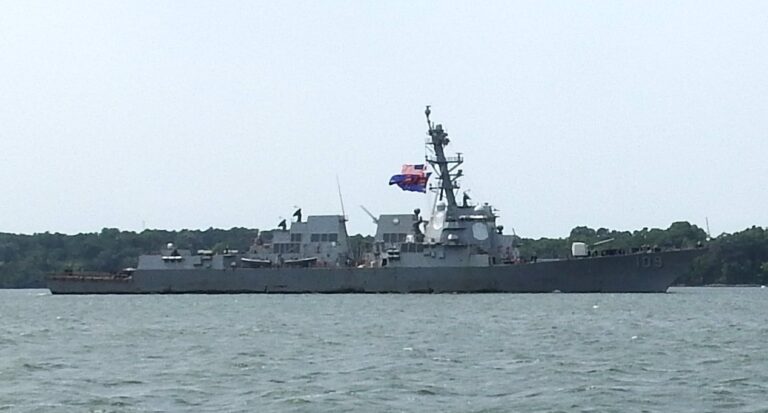Let’s Go Sail
Scroll down Rates and pick a day for a sailboat charter. Scroll down Reviews on Trip Advisor. Go back to the Home Page of Williamsburg Charter Sails.
the war begins the war begins the war begins the war begins
the war begins the war begins the war begins the war begins

It was a cold and dreary afternoon in late November when I took Stephen Warrick out for the fourth time, with his pal Lisa Fronkenberger. They took ASA 101 together with two other people whom they will join for a combined 103/104 that will take them three days and two

It took more than an hour for the USS Jason Dunham to transit the Coleman Bridge because it was stuck closed. Afterward, it got stuck at the end while closing. Traffic was backed up for miles in both directions. According to ChatGPT: Yes, the Coleman Bridge is experiencing extended delays

According to Chat GPT, illegal or abandoned crab pots—known as “ghost pots”—are a growing concern in the York River, with thousands being removed due to their environmental impact. The ones pictured here are not abandoned, just illegal. They form the end of a long string of pots recently dropped along